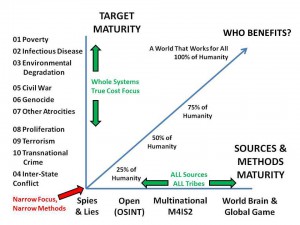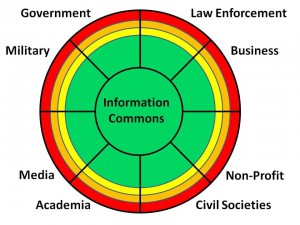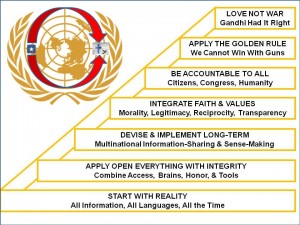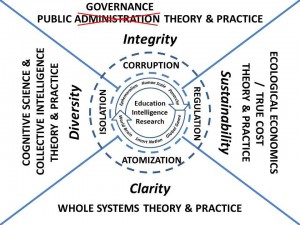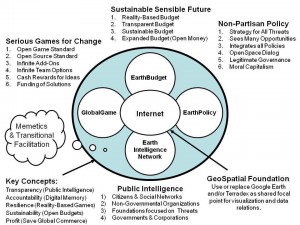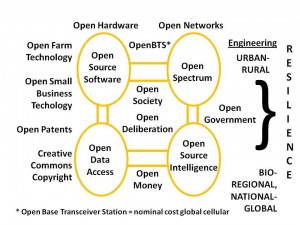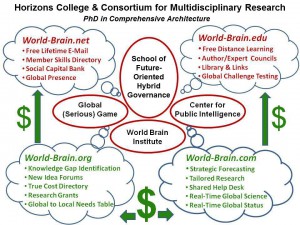
Peers will build on key aspects of the movement that Shareable, as a pioneering sharing movement organization, helped shape. Peers’ mission is to make sharing the defining economic activity of our time. They will do this through grassroots campaigns to make sharing more visible, grow the number of sharers, and legalize sharing.
What's Next for the Sharing Movement?
Neal Gorentio
Shareable.net, 31 July 2013
With the launch a promising new sharing movement organization called Peers today, it’s a good time to reflect on the character of the sharing movement.
Peers will build on key aspects of the movement that Shareable, as a pioneering sharing movement organization, helped shape. Peers’ mission is to make sharing the defining economic activity of our time. They will do this through grassroots campaigns to make sharing more visible, grow the number of sharers, and legalize sharing.
Let’s take stock of the movement. We have something special here. Sharing is deeply empowering. It’s fun and fulfilling to connect with others in such a mutually beneficial way, and sharing also helps us meet our needs. It’s rare that a movement has such powerful psychological and economic personal drivers. On top of this is the fact that we urgently need to share. Poverty and resource depletion are today's defining challenges. Sharing is a systemic fix that can address these challenges simultaneously.
With mainstream media coverage of the sharing trend, millions of people are waking up to the potential of sharing. Cities are waking up to it too – the mayors of 15 major cities recently signed a Shareable Cities Resolution promising to advance the sharing economy in their cities. This builds on the plans of Mayor Edwin Lee of San Francisco and Mayor Park Won-soon of Seoul who have shareable city initiatives already underway.
We should appreciate the strengths of this movement and build on them. Here’s more on what we have to build on and how we can build on it.
Peer to Peer Inside
Peers puts the soul of the sharing economy into its name. Peer to peer dynamics form the basis of a new, liberating social contract.
The old social contract bound citizens to large hierarchies like nations and multinational corporations. In this contract, citizens gained the protection of hierarchies in return for obedience, labor or taxes. Citizen’s rights were protected by intermediaries like labor unions, courts, and elected officials.
This contract favored the powerful from the start, but now they’ve completely broken it. The powerful — mainly big business in Western-style democracies — have co-opted or weakened the intermediaries designed to protect citizens. The elite are now almost completely free to consolidate wealth and power even more that they already have — all at grave expense to citizens.
I know this, you know this, and the multitudes know this. As a result, we’re seeing an unprecedented level of social unrest around the world.
As they have always done in crises, people are turning to each other to survive. What’s different today is that a new coordination mechanism — the Internet — enables individuals to create, share, and govern directly with one another using networks instead of hierarchies.
With this, a new social contract is forming based on peer to peer relations, which the P2P Foundation has been exploring for a decade. Instead competing with sharp elbows for rank in the hierarchy, individuals are empowered to face each other as equals and ask a simple but revolutionary question — “what can we create together?”
A Revolution For, Not Against
Complete text below the line.
Continue reading “John Lievens: What's Next for the Sharing Movement?”





